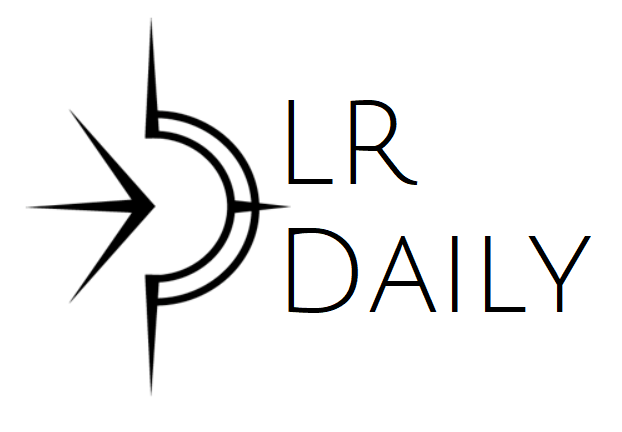🦜 The difference between "you're right" and "that's right"
You ever witness those arguments that are like car crashes in slow motion?
You know it's not going to turn out well, and you can't avert your eyes?
I still remember an argument one of my cousins had with my uncles. My uncles were being hyper-capitalist about a privately owned public good. My cousin was trying to reason with them - to talk about the public necessity arguments and the debt we owe to society. I agreed with everything my cousin said, but it was clear that nothing was working.
With everything he said, they just got more and more entrenched in their position.
Most of us try to change people's minds by throwing more information at them. Whether we feel that we're in an argument or not, we're trying to get the other person to say "you're right". We're trying to get them to acknowledge that we're right.
"You're right" DOESN'T usually mean "I agree with you." It usually means "I'm done with this conversation."
Instead we want people to be saying: "THAT'S right".
When they say that, they agree with the idea. They'll also often think it was their idea, and we need to be okay with that. As Brene Brown says, we should be here not to be right, but to get it right.
And so how do we get people to say "you're right"? Well, people don't change their mind because of the information you throw at them, they change their mind because of how you make them feel.
So focus on the emotions you want them to feel.
Tell a story that engages those emotions and illustrates your point.
There's a reason Jesus told parables.
*This is all hat tip to Michael and Amy Port of Heroic Public Speaking.
This was today’s daily email. Like it? Join here:

